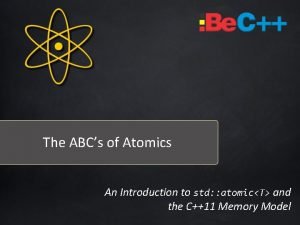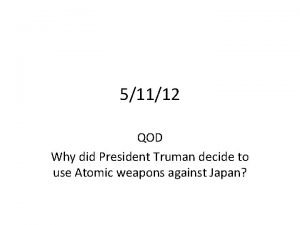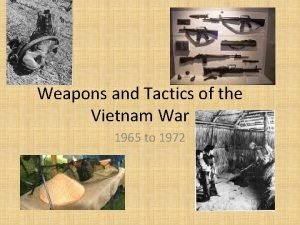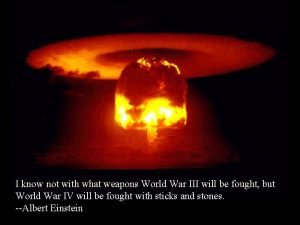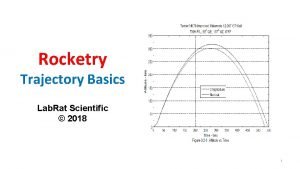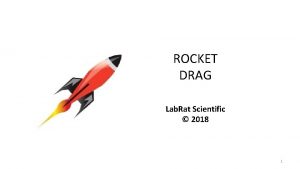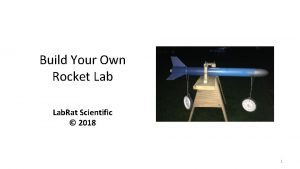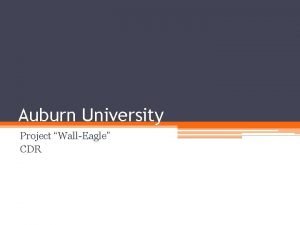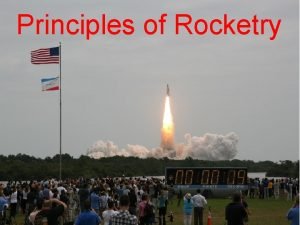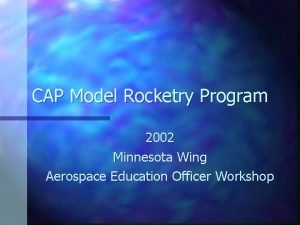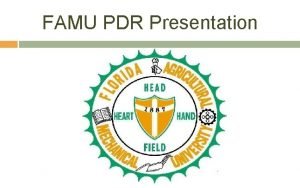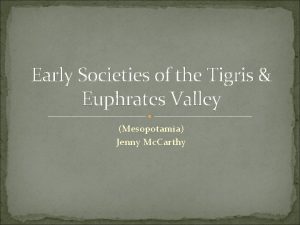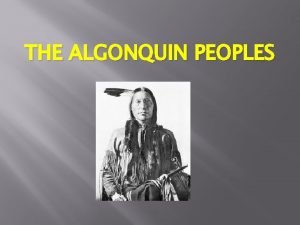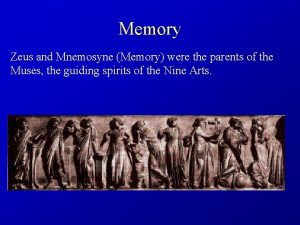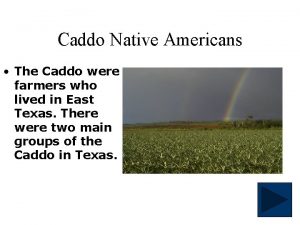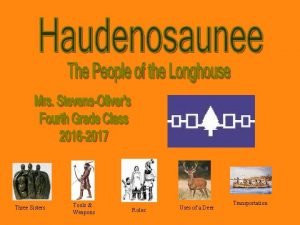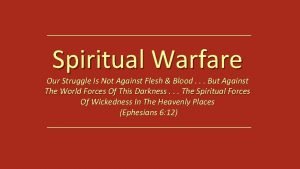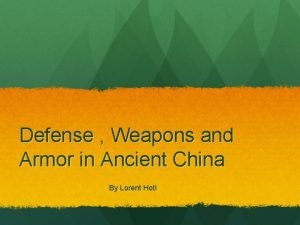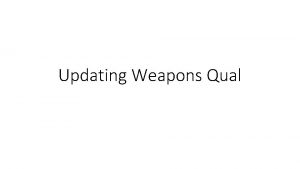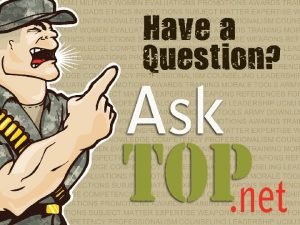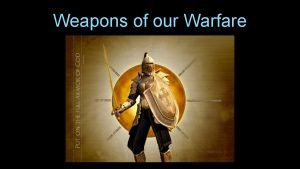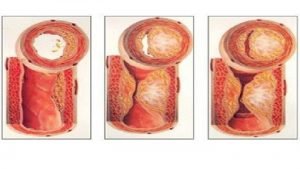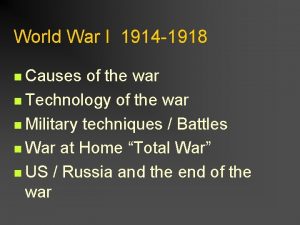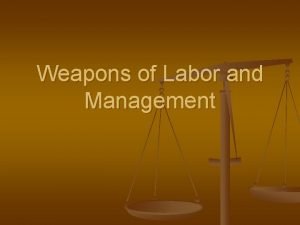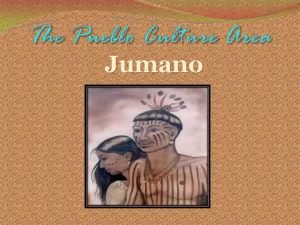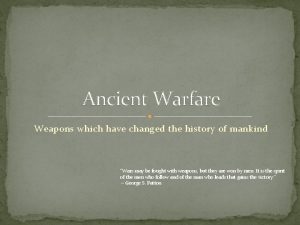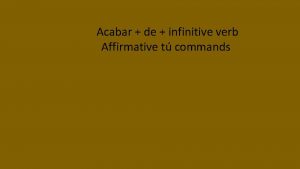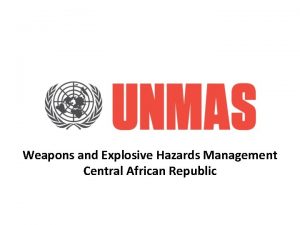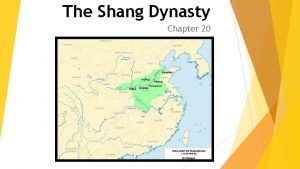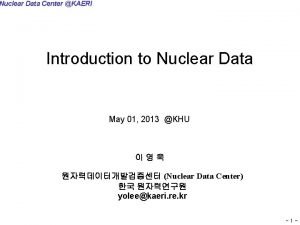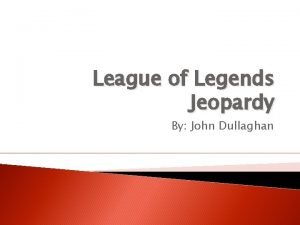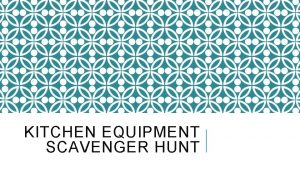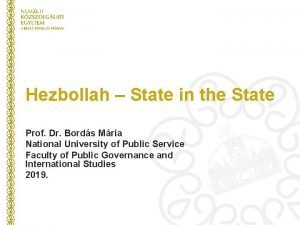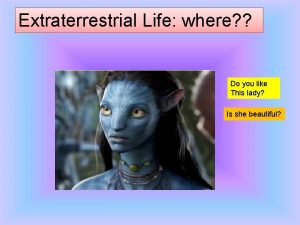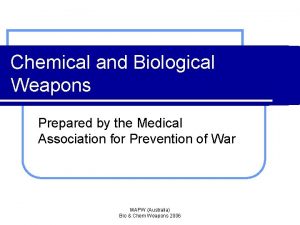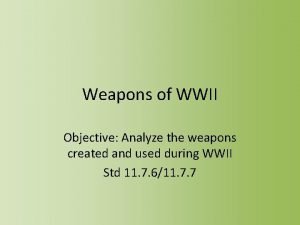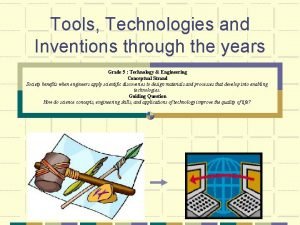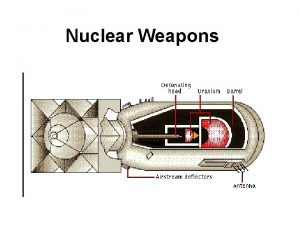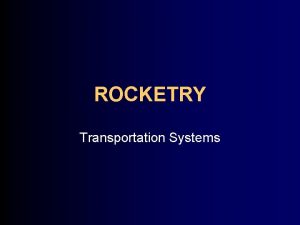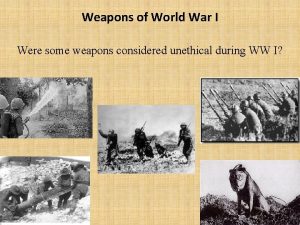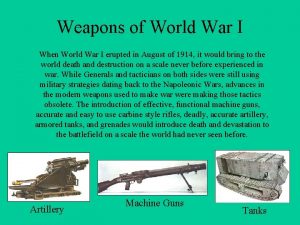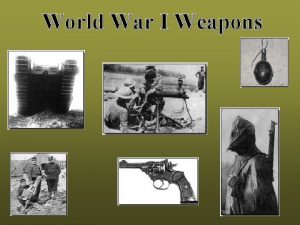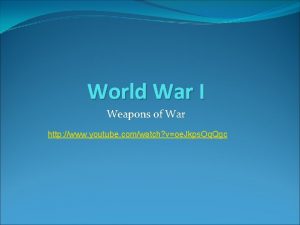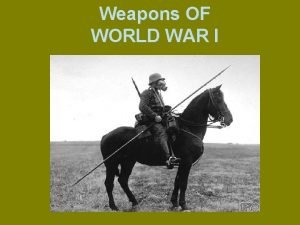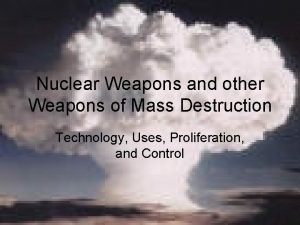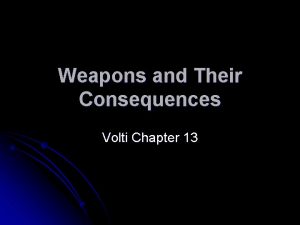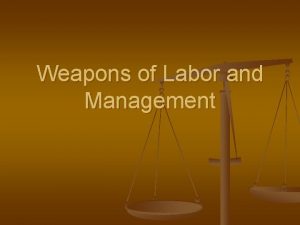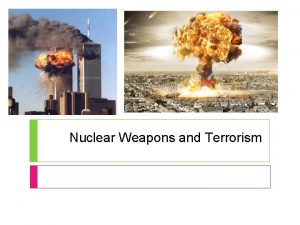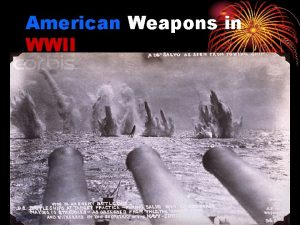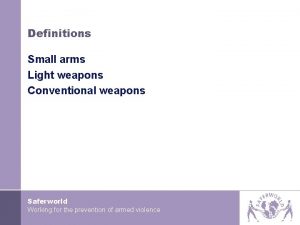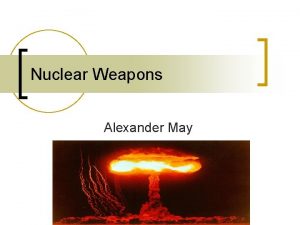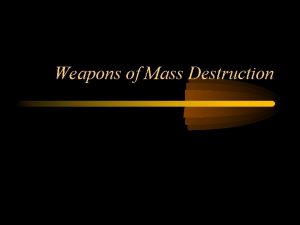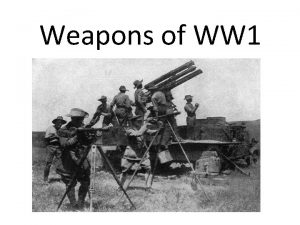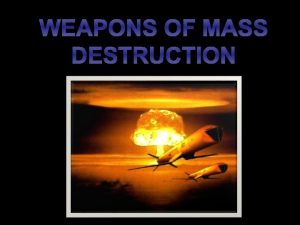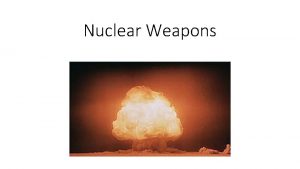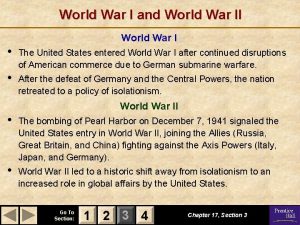Rocketry and Atomic Weapons Week 4 World War














































- Slides: 46

Rocketry and Atomic Weapons Week 4 World War 2 Tech

Ancient “Rockets” • Wooden Pidgeon – (Ancient Greece 400 BC) • Earliest known rocket • propelled by shooting out of steam vent • Aeolipile (100 BC) • Sphere shaped rapidly rotating kettle • Had 2 L shaped spouts that expelled steam

First True Rockets • Unknown when first flight was • Fire Arrows – Chinese rockets, tubes of gunpowder, first rockets used in warfare • Chinese repelled Mongol invaders with waves of fire arrows in 1232 AD • Mongols later produced their own and spread the technology to Europe

Multi Stage Rockets • Step Rockets – 1 st Multi Stage Rocket (1600 s) • Large sky rocket - lift off and get to altitude • smaller sky rocket - took it even higher • Basis for all modern rockets for space travel

Congreve Rockets (British) • Used in War of 1812 • Inspiration for the Star Spangled Banner • Still were mostly inaccurate and had to rely on just sending over many rockets hoping some would hit, eventually improved artillery made them obsolete

Father of Modern Astronautics (Tsiolkovsky) • First recommended liquid fueled rockets • Theorized that the speed and range of a rocket was only limited by the exhaust velocity of escaping gases.

Father of Modern Rocketry • Robert Goddard • Achieved 1 st liquid propelled rocket flight (1926) • Developed a payload compartment for scientific instruments, gyroscopic flight control, and parachutes for safe recovery

Herman Orberth • Wrote highly influential book about rocket travel to outer space • Lead to the development of rocket societies around the world • One German group led to the development of the V 2

Werner Von Braun • Director of German Rocket Program that built V 2 • Came to the United States after the war and essential for the developments of rockets for the US Space Program • His design led to the Saturn V rocket.

V 2 Rocket • 1 st ballistic missile • 1 st artificial object to reach outer space • Formidable weapon that had a tremendous psychological effect • Could devastate whole city blocks • 5, 200 were eventually built using forced labor from prison camps


Design • Aerodynamics designed for supersonic travel • High flow turbopumps for increased fuel pressure • 4 controllable Graphite Rudders for steering • Burned a ton of mixed liquid oxygen and alcohol every 7 seconds

Guidance System • Used tremendous thrust for about 65 seconds to reach the top of a parabolic flight path (about 80 Km) then would glide freefall to target • Had simple analog computer that would adjust heading • Amount of fuel would determine distance • Later ones controlled by radio guide beams • Also further improved by developing full radio control

Limitations • Not very accurate/tactical weapon • Detonators would sometimes go off on reentry to atmosphere • British designed jammers for radio guide beams • Very expensive to build • Not readily available until late in the war (too late)

Meillerwagen • Germany designed a mobile launcher for the V 2 • Built because of the success of Allied bombing raids against launch sites • Very small and could launch anywhere


The Atomic Bomb

Manhattan Project • Joint Project of the US, Canada and England that developed the first atomic bomb. • Began in 1939 2 years before US entered war when Allies became concerned Germany would develop bomb • Employed 130, 000 people in the 3 countries at 30 sites


Discovery of Nuclear Fission • Hahn and Strassman bombarded uranium with neutrons splitting Uranium (1938) • Led to atomic age • They didn’t understand their results but a colleague living in exile in Sweden (Lise Meitner) figured it out and wrote a paper explaining theory of fission

Nuclear Fission • Splitting of a very large atom into smaller ones • Produces free neutrons and photons (gamma ray form) and releases a very large amount of energy. • Neutron is shot at a very large atom splitting the atom and releasing more neutrons that strike more atoms splitting them, this reaction builds and builds causing a chain reaction.



Uranium • Heaviest naturally occurring element known before war • Isotopes are different versions of same element (different numbers of neutrons) • Rare Isotope Uranium 235 seemed to work best • 1000’s of new large high velocity centrifuges were needed • First work was separating and concentrating it because it is only 0. 7% of naturally occurring Uranium)

Plutonium • Replaced Uranium later and used for Fat Boy (2 nd Bomb) • Discovered in 1940

Chicago Pile 1 • First self sustaining nuclear chain reaction • 1 st achievement of Manhattan project • Very low energy and unshielded • Big step because it showed that uranium neutrons would have enough energy to make split other uranium • Experiment led by Enrico Fermi Italian Physicist and University of Chicago

X 10 Graphite Reactor (Oak Ridge Tenn) • 2 nd Reactor • Air Cooled • Became a plutonium factory for the war • Gave valuable experience to the engineers and physicist for the Hanford Site

Hanford Site • B Reactor – 1 st full scale plutonium reactor • Eventually 9 reactors where also built here • Most of the fuel for the US’ cold war nuclear arsenal produced here

Fission Reactors • Heat of reaction is used to heat water and generate steam, steam drives an electric turbine, generating power. • Nuclear chain reaction is controlled by absorbing the flying neutrons with neutron absorbing cooling rods inserted into reactor core when the reactors start to get hot. • Meltdown occurs if the reactor gets too hot to control with the cooling rods.


Fission Bombs

Gun Type Fission Bomb (Little Boy) • 1 st atomic bomb • Dropped on Hiroshima • Secondary TNT detonation (non nuclear) propels neutrons into concentrated U 235 Atoms • Starts chain reaction

Implosion Type Fission Device (Fat Man) • 2 nd Atomic Bomb • Explosion around plutonium center triggers it to get denser and smaller and achieve critical mass • Much more efficient use of bomb material

Trinity Site • In July 1945, Allied scientists tested the first atomic bomb in New Mexico. • Used to test the implosion trigger because it was so complex

Harry S. Truman (1884 -1972) • Became president when President Roosevelt unexpectedly died on April 12, 1945. • He issued warning to Japan to surrender or face “utter and complete destruction. ” • After refusal, Truman authorized the use of the atomic bomb

Reasons for using the bomb • Saved many American lives that would have been lost in an invasion of Japan. • Quick end to the war. • U. S. wanted to test the weapon’s effectiveness. • US wanted to impress the Soviet Rival

The United States drops the Bomb! • On the morning of August 6, 1945, at 8: 15, the B 29 bomber Enola Gay dropped an atomic bomb, Little Boy, on Hiroshima. • Having heard nothing from the Japanese government, the U. S. military proceeded with its plans to drop a second atomic bomb, Fat Man, on Nagasaki on August. 9 th. Enola Gay Crew Little Boy & Fat Man

Hiroshima – August 6, 1945 ü 70, 000 killed immediately. ü 48, 000 buildings destroyed. ü 100, 000 s died of radiation poisoning & cancer later.

Diorama of Hiroshima: Before and After

Nagasaki – August 9, 1945 § 40, 000 killed immediately. § 60, 000 injured. § 100, 000 s died of radiation poisoning & cancer later.

“I realize the tragic significance of the atomic bomb. . . It is an awful responsibility which has come to us. . . We thank God that it has come to us, instead of to our enemies; and we pray that He may guide us to use it in His ways and for His purposes. ” - President Harry Truman, August 9, 1945

Japan Surrenders • Aug. 10 th; one day after the second bomb had been dropped. • On August 29, 1945 U. S. General Mac. Arthur became the leader of Japan from 1945 until 1948. • The United States helped rebuild Japan, even after dropping the bomb!

V-J Day in Times Square From The Eye of Eisenstaedt: “I was walking through the crowds on V-J Day, looking for pictures. I noticed a sailor coming my way. He was grabbing every female he could find and kissing them all — young girls and old ladies alike. Then I noticed the nurse, standing in that enormous crowd. I focused on her, and just as I'd hoped, the sailor came along, grabbed the nurse, and bent down to kiss her. Now if this girl hadn't been a nurse, if she'd been dressed dark clothes, I wouldn't have had a picture. The contrast between her white dress and the sailor's dark uniform gives the photograph its extra impact. ” This photo became a cultural icon overnight!

Aftermath • Nuclear weapons are considered “weapons of mass destruction”, and their use and control has been a major focus of international relations since their debut. • The only countries known to have detonated nuclear weapons are the United States, the Soviet Union/Russia, Great Britain, France, China, India, Pakistan, and North Korea. • The USA is still the only country to have used a nuclear bomb

Heroshima Bombing Reenactment

Nagasaki Bombing Reenactment
 Std atomic store
Std atomic store Axis powers
Axis powers Us weapons vietnam war
Us weapons vietnam war Weapons of the cold war diagram
Weapons of the cold war diagram The father of modern rocketry
The father of modern rocketry Lab rat rocketry
Lab rat rocketry Lab rat rocketry
Lab rat rocketry Lab rat rocketry
Lab rat rocketry Tinder rocketry
Tinder rocketry Principles of rocketry
Principles of rocketry Civil air patrol model rocketry badge
Civil air patrol model rocketry badge Famu pdr
Famu pdr Is atomic mass and relative atomic mass the same
Is atomic mass and relative atomic mass the same Atomic mass of oxygen
Atomic mass of oxygen Differentiate between atomic number and mass number
Differentiate between atomic number and mass number Week by week plans for documenting children's development
Week by week plans for documenting children's development Periodic trends in properties of elements
Periodic trends in properties of elements Radius periodic table
Radius periodic table Atomic number vs atomic radius
Atomic number vs atomic radius Mesopotamia tools and weapons
Mesopotamia tools and weapons Algonquin tools and weapons
Algonquin tools and weapons Parents de mnemosyne
Parents de mnemosyne Caddo tools and weapons
Caddo tools and weapons Iroquois tools and weapons
Iroquois tools and weapons For our struggle is not against flesh and blood
For our struggle is not against flesh and blood Ancient chinese armor and weapons
Ancient chinese armor and weapons Chapter 16 lesson 2 challenges to slavery
Chapter 16 lesson 2 challenges to slavery Iwq option
Iwq option Army leaders book template
Army leaders book template Ephesians weapons of warfare
Ephesians weapons of warfare Weapons of righteousness
Weapons of righteousness The weapons we fight with
The weapons we fight with Weapons of wwi
Weapons of wwi Weapons
Weapons Jumano definition
Jumano definition Ancient warfare weapons
Ancient warfare weapons Acabar de + infinitive
Acabar de + infinitive Weapons
Weapons Shang social classes
Shang social classes Nuclear data center
Nuclear data center League of legends jeopardy 2020
League of legends jeopardy 2020 Kitchen equipment scavenger hunt answers
Kitchen equipment scavenger hunt answers State bords
State bords Extraterrestrial life
Extraterrestrial life Weapons
Weapons Weapons
Weapons Bronze age weapons
Bronze age weapons
